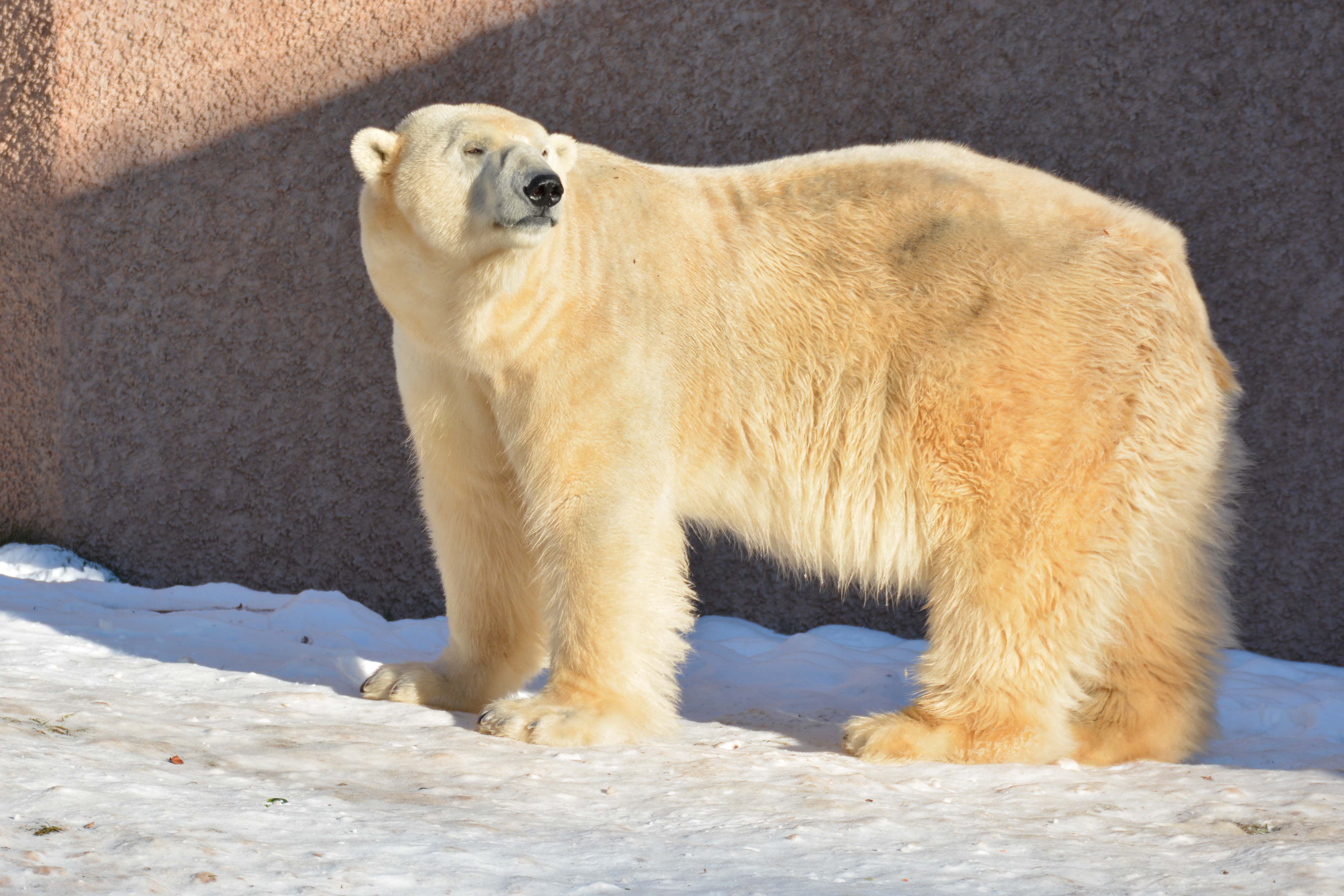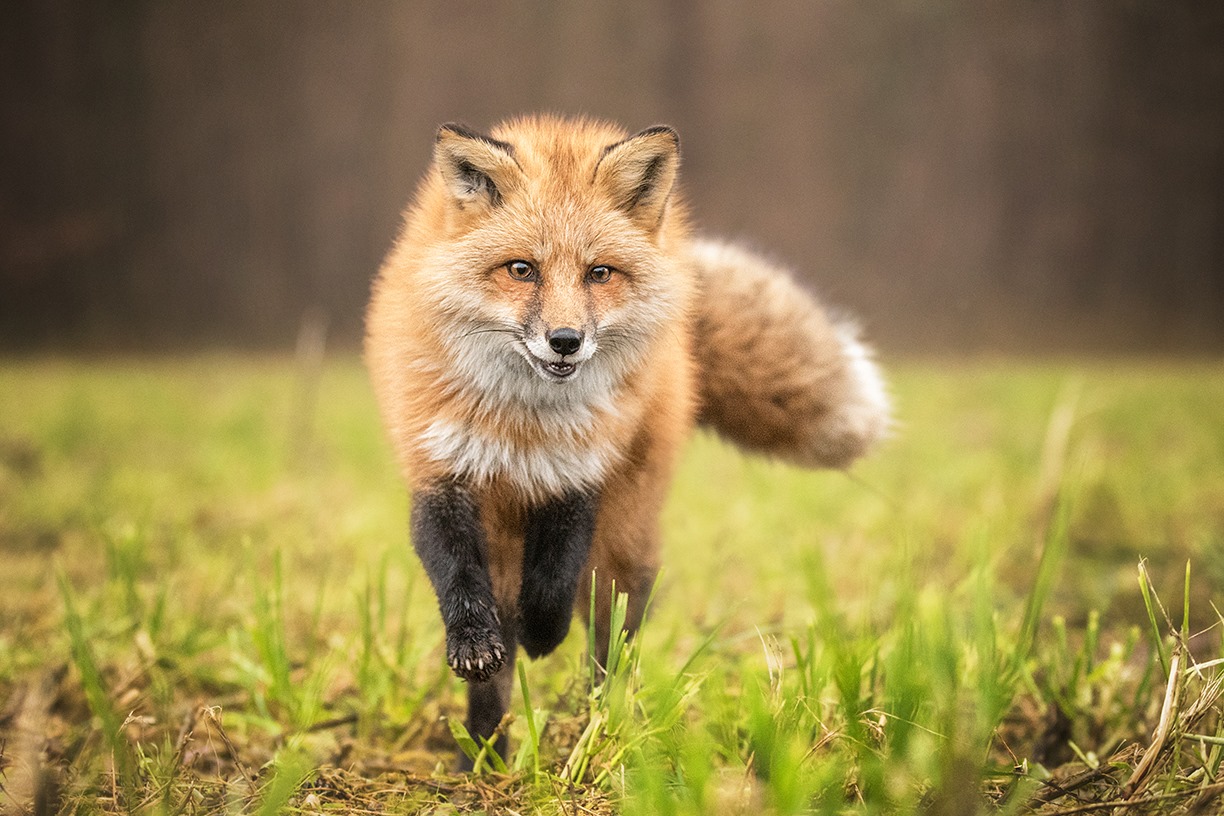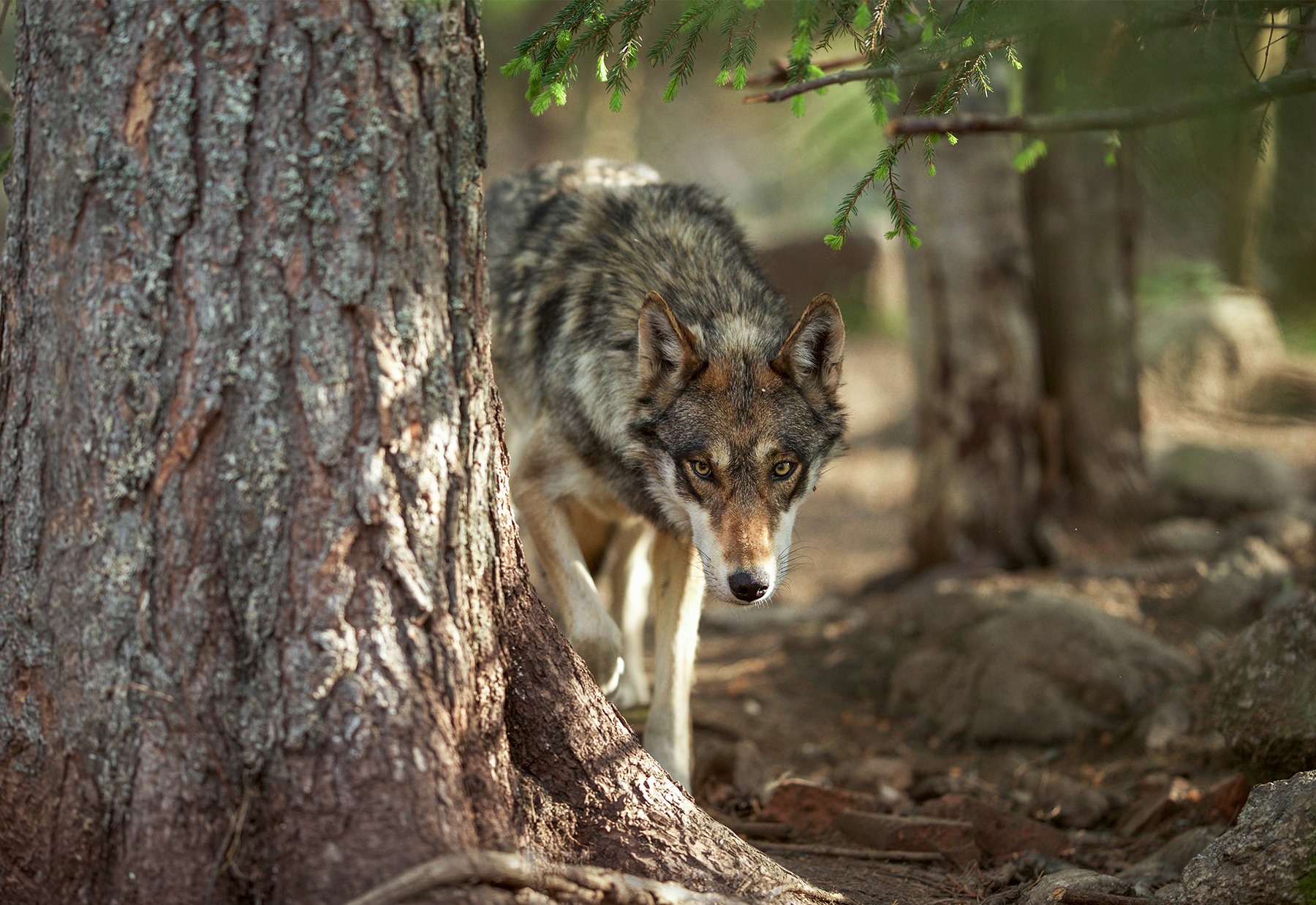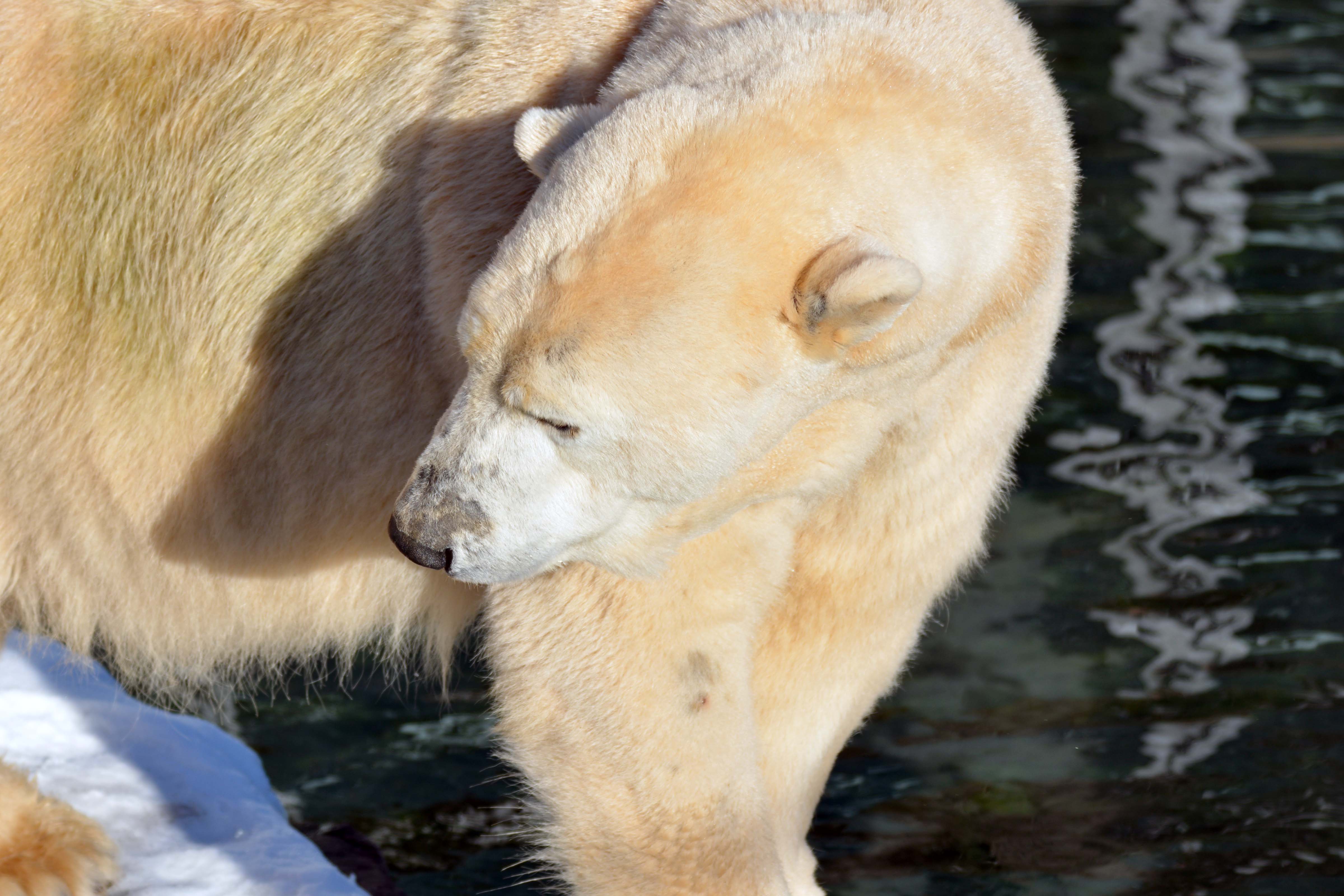 Picture courtesy of Ingrid Brehm.
Picture courtesy of Ingrid Brehm.
Polar Bears
Polar bears, designated as a vulnerable species by the International Union for Conservation of Nature (IUCN), primarily inhabit the Arctic region.
Scientific investigation and systematic observation of polar bears are imperative to gain comprehensive insights into their ecological requirements, behavior, and population dynamics.
Such research is pivotal for developing informed conservation strategies aimed at mitigating the threats posed to polar bear populations, which include habitat loss, anthropogenic disturbances, and potential alterations in prey availability.

Bats
The observation and recognition of individuals among bats, particularly through the analysis of their wing patterns, are crucial for various aspects of research and conservation efforts.
By identifying individual bats, researchers can track their movements, behaviors, and population dynamics.
Studying wing patterns facilitates the development of non-invasive monitoring techniques, reducing the need for disruptive or harmful methods of data collection in bat research.
 Picture courtesy of Hana Tebelmann.
Picture courtesy of Hana Tebelmann.
Foxes
Re-ID of red foxes is used to directly apply conservation management within the LIFE IP
GrassBirdsHabitat Project. Red foxes are one of the most characteristic endemic predators
in many ecosystems. Yet, the conservation of ground-nesting birds in areas inhabited by red
foxes requires innovative management strategies that balance the ecological roles of foxes
with the need to protect vulnerable bird populations. By identifying specific foxes that
frequently predate on nests, we can specifically tailor management actions on a population
or even individual base. Understanding the behaviour of individual foxes in relation to their
habitat can help identify patterns of predation and the effectiveness of various management
strategies. This information is crucial for developing conservation plans that are tailored to
the unique ecological dynamics of each area, ensuring the protection of endangered or
vulnerable species while maintaining the ecological role of the red fox.
 Picture courtesy of Hana Tebelmann.
Picture courtesy of Hana Tebelmann.
Wolves
Wolves hold a pivotal role in ecosystem balance and biodiversity. However, the presence of
wolves has not been without controversy, fuelling debates on how to manage wolf
populations while protecting livestock. Re-ID allows for continuous monitoring of wolf
populations, providing insights into their behaviours, social structures, migration patterns,
and territory sizes, and allow targeted management actions. Together with our various project
partners, we are aiming to optimise non-invasive monitoring of various wolf populations.

![]() Picture courtesy of Ingrid Brehm.
Picture courtesy of Ingrid Brehm.

 Picture courtesy of Hana Tebelmann.
Picture courtesy of Hana Tebelmann.
 Picture courtesy of Hana Tebelmann.
Picture courtesy of Hana Tebelmann.